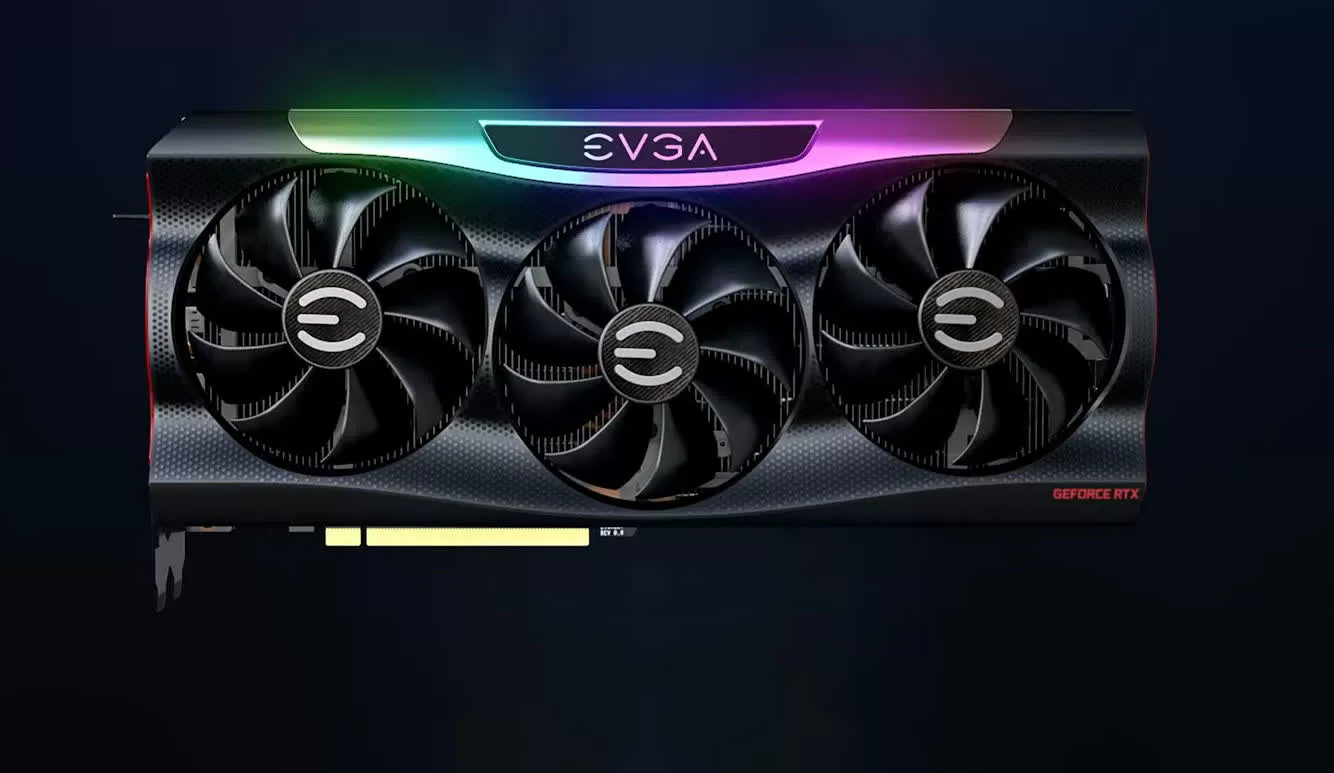In context: Remember the furor surrounding Amazon’s New World beta in July? It had nothing to do with the game itself, but for the fact it was killing some EVGA RTX 3090 cards. Now, the hardware maker has revealed what caused the problems: poor soldering.

There were several reports of EVGA RTX 3090 cards, along with unconfirmed reports of other cards from different generations, manufacturers, and AMD, being borked by the recent New World beta. It seems Amazon Games, which said it had found no indication of widespread issues, had not implemented a framerate limiter in the menu system, causing the in-game frame rate to shoot from 100 fps to 800 fps instantly. It released a patch that capped frames per second on the menu screen to address the issue.
EVGA later replaced the affected cards—only 24 were received—and examined the broken models to try and discover what went wrong. In a statement to PC World, the company said theories that the cards’ cooling system was somehow to blame were incorrect. “In no way shape or form, is it related to the fan controller,” said a spokesperson.
EVGA added that noise on the i2c bus caused third-party software such as HWiNFO and GPU-Z to report that the fan controller wasn’t working, even though it was. The company has released a micro-controller update that shows the fan controller working properly on updated versions of the tools.
The actual reason for the failures, according to EVGA, was simply “poor workmanship.” Specifically, the sub-par soldering around the cards' MOSFET circuits. It added that only a handful of products from an early production run in 2020 suffer from this problem and that the affected batch represents fewer than 1% of all the graphics cards sold by the company.
It seems the RTX 3090 issues did little to dampen anticipation around New World's full release. The MMO is second on Steam's most-wishlisted games chart.
https://www.techspot.com/news/91077-evga-amazon-new-world-killed-our-rtx-3090.html